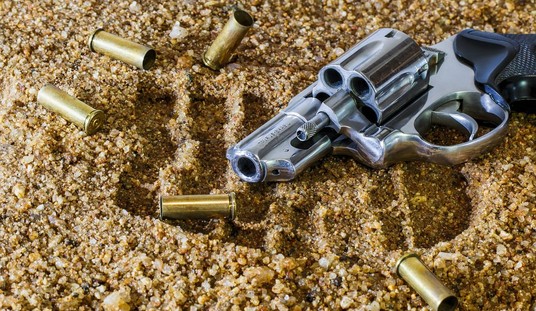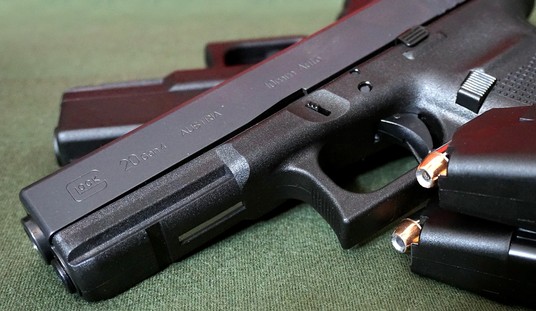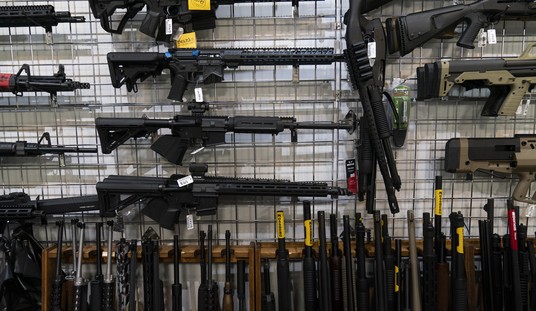One of the most important bits of advice you can give someone about carrying a firearm may well be for them to get a good holster. The problem is, how do you identify a good holster from a bad one?
You can go with names, of course. Some brands make great holsters almost universally while others make crap holsters and will probably never make anything other than crap holsters. The problem with that is that new brands come out, often at discounted prices, and unless you know what you’re looking for, you don’t have a clue whether it’s worth the money or not.
Luckily, over at Shooting Illustrated, Tamara Keel took the time to quantify what makes a good holster actually good.
In my book, a holster has to do several discreet things to be considered “good.” Some are mandatory, all are desirable and the more of these tasks the holster does well, the better it is.
Starting with the most important, a concealed-carry holster needs to safely hold a handgun in such a way that it cannot be inadvertently fired when in the holster. An object that won’t do this is not a holster as far as I’m concerned. It might be a very nice, tooled-leather gun-holder thingie you put on your belt, but a holster it ain’t.
“But, Tam,” you say, “A lot of classic revolver holsters back in the day had cutaway trigger guards! For speed!” I think we can safely say we did a lot of things in those days that weren’t very safe in retrospect, like chain-smoke while pregnant or dump raw sewage in rivers. Let’s not do those things anymore.
Another thing concealed-carry holsters should do is present the gun to your hand at the same angle, in the same orientation, every time you reach for it. This is why holsters in pockets should have tacky material on the outside and why holsters in purses (yeah, yeah, that’s a topic for a whole later column) need to be attached by hook-and-loop fasteners or something to the inside of the gun compartment in the purse. When you reach for the gun in a hurry, it needs to be in the place your hand expects to find it. Which brings us to the next point…
Seriously, go read the whole thing. Keel nails it, and it all makes sense though few people actually have articulated it. Maybe the odd sentiment, such as retention, gets brought up, but there needs to be more involved than just retention.
A holster is the most important part of your every day carry other than your weapon itself. I’m not going to tell you to pay hundreds for a custom holster or anything, though I won’t knock anyone who does, but I will say it needs to fit the bill and work like it’s supposed to, otherwise, you’ll have tons of problems.
In fact, holsters are a topic that gets some attention, but not nearly enough in my opinion. Then again, they may be getting attention in places I’m not looking.
Still, get a good holster and make sure it’s a good holster. There’s no shame in throwing a bad holster in a box somewhere. Plenty of us have such boxes laying around the house/garage/workshop/wherever as it is.









Join the conversation as a VIP Member